The jungle metropolis of Manaus is the last stop before every Amazon expedition. Here I meet with Dr. Luiz Claudio Dias and his team at the dermatology hospital. The dedicated doctor travels from there once a year to a protected, difficult-to-access area for indigenous peoples and examines the local people for leprosy and other skin diseases.
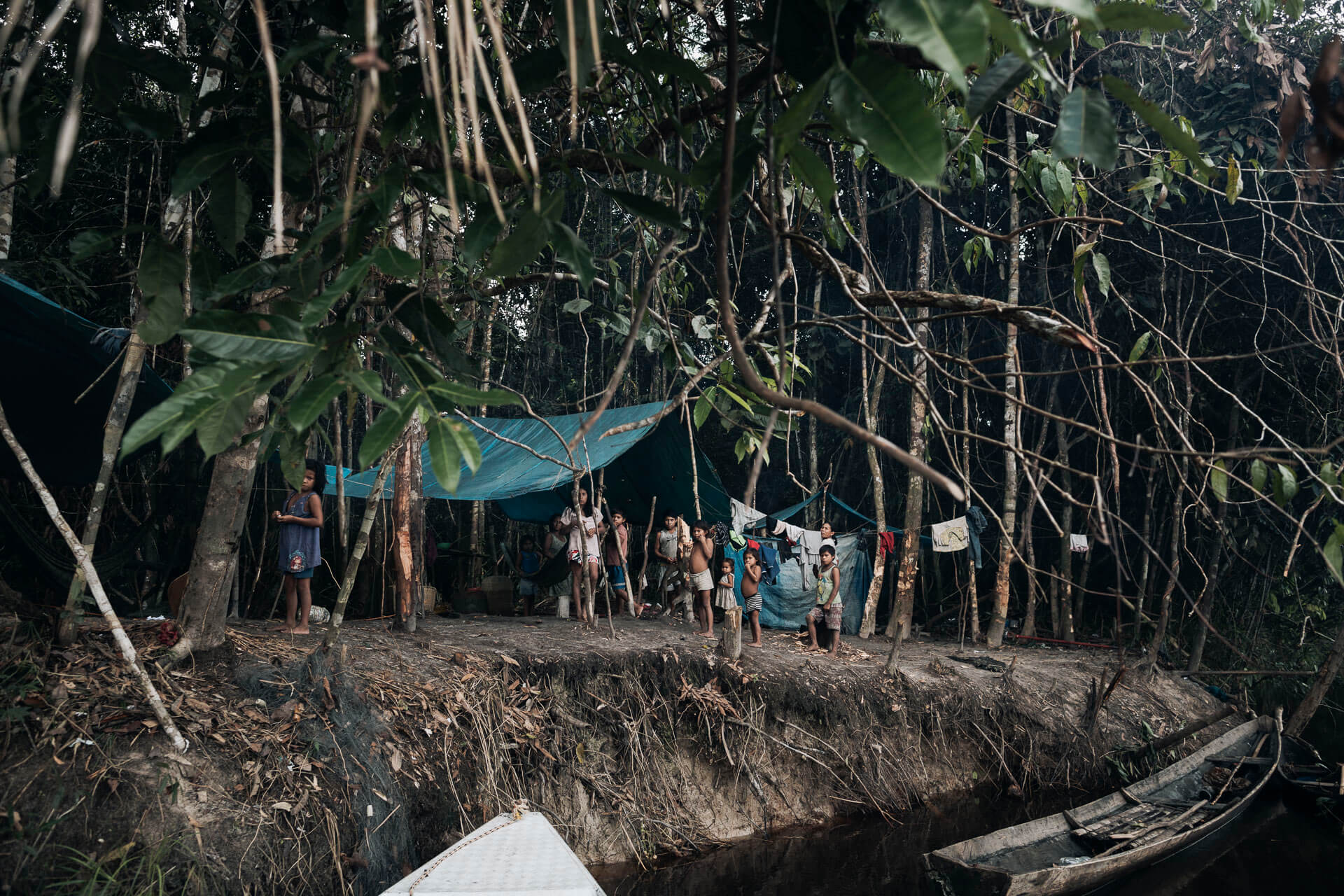
When we want to leave Manaus, it is raining so heavily that the small propeller plane that is supposed to take us to Sao Gabriel da Cachoeira is not given permission to take off. Two hours later, the plane takes off and the adventure begins. We are accompanied by Israel Dutra, an indigenous man from the Tucano tribe, who acts as translator on this expedition. Israel is studying medicine in Manaus and, as a budding doctor, is the pride of his tribe.
Word had obviously already spread that a dermatologist was coming from Manaus. The queue outside the consulting room at the local hospital the next morning is correspondingly long. It is hot and stuffy. The high humidity is getting to us all. Dr. Luiz meticulously examines every patient for abnormalities in the skin and carries out all the usual leprosy tests on the patients.
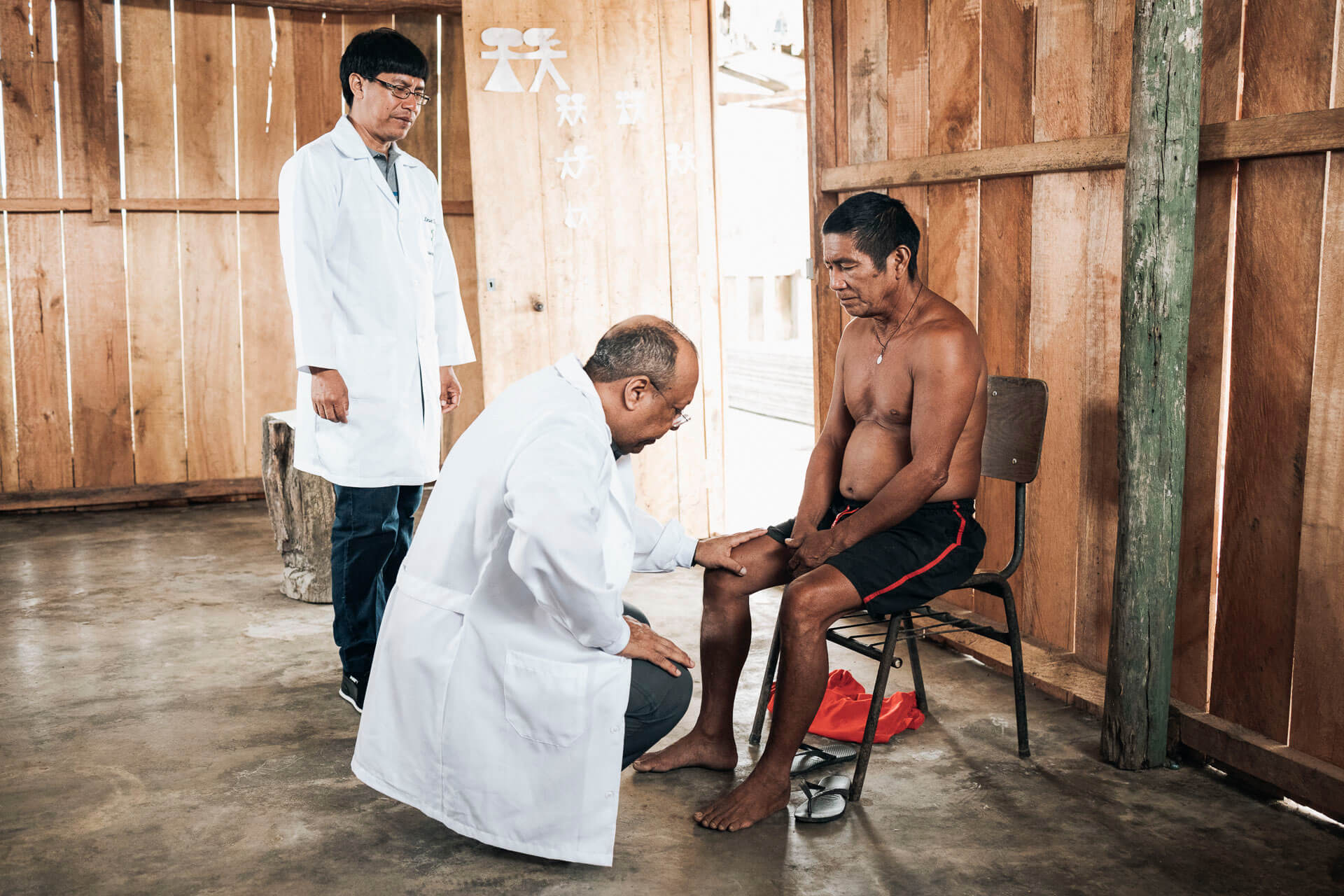
In order to reach the remote regions of the Amazon, we now have to travel on by boat. This is where the real adventure begins. Due to the long distance, the crew opts for one of the faster motorboats instead of one with more space and a roof. At this point, I don't realize what drastic consequences this will have. The boat is filled to the brim with medicines and provisions for a week. We are joined by two more doctors. We all have just enough room to sit down with our rucksacks between our legs. Every free centimeter is filled with equipment. A huge military ship full of soldiers is anchored next to us, keeping a close eye on our every move.
Navigating the boat is no easy task due to the rainy season. The water level has risen so much that you can no longer see the large rocks that usually protrude from the water. It takes an experienced captain who knows the course of the river inside out and can steer the boat safely through the rapids without capsizing. The sun beats down on us mercilessly. Every unprotected patch of skin is burnt.

As we are in a protected area for indigenous peoples, we are stopped and checked several times by the military. Without permission from FUNAI (Brazil's agency for the development and implementation of measures relating to indigenous peoples), you are not allowed to travel along this section of the river. After a few hours' drive, we reached our first destination: Taracuà, a small Tucano Indian settlement on the Rio Negro. The first examinations are carried out there that same evening before we set up our sleeping camp, consisting of hammocks.
The next morning, all the sick inhabitants of the village are examined and treated before we continue our journey. A few kilometers upstream, we are surprised by a tropical downpour. Within seconds, it is pouring with rain. We huddle together and try to protect our few items of equipment and ourselves with a plastic sheet. The speed of the boat makes every drop of water feel like an arrowhead. After a few minutes, we are soaked to the skin. However, the journey in the rain was to continue for several more hours. We couldn't afford to take any more breaks as we had to reach our destination before nightfall. We arrive in Pari Cachoeira in the evening, exhausted but unscathed. The last Brazilian settlement before the Colombian border.
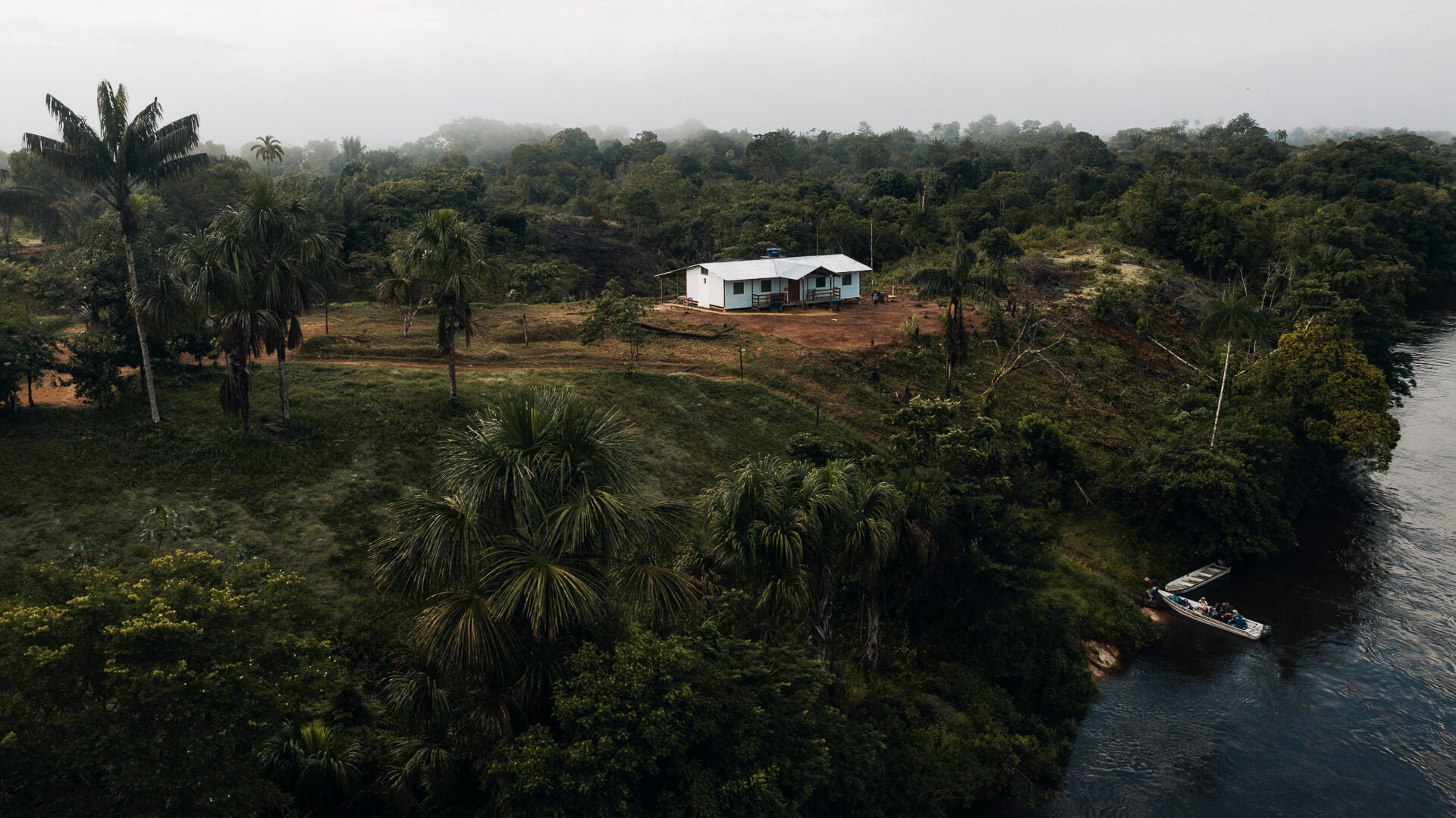
The procedure is repeated every day. I observe and document the procedures on site. Dr. Dias and Israel examine all the residents with health problems, while the waiting patients watch the information and educational films about various diseases in the respective tribal language. The leprosy diagnosis is initially based on various touch and sensation tests. Many patients come with conspicuous skin diseases, which fortunately are not all caused by leprosy. In the past 10 years, 37 new cases of leprosy have been detected in the area. During our one-week trip, the team examines over 80 patients on behalf of DAHW. Three new cases of leprosy are diagnosed.
Some families live next to garbage dumps. Others live in the middle of the forest with a single fireplace and a pot in a hut made of leaves and branches. Most families work on plantations or live from fishing.

On our last day in Pari Cachoeira, we accompany the Tucano Indian Narcisso Castelo and his four children into the rainforest. He wants to show us the jungle and its treasures. These include the acai berry. It grows at the very top of the trees. One of his daughters climbs ten meters up into the treetops to pick some for us. We talk to Narcisso about old traditions and the uncertain future of his people. Afterwards, Narcisso takes us to a beautiful little waterfall in the middle of the jungle. The refreshing dip in the river does us good. Although there are piranhas, alligators and anacondas everywhere, the natives explain to us that we can go into the water without hesitation. We should just stay close enough to the waterfall, then we would be safe :-)
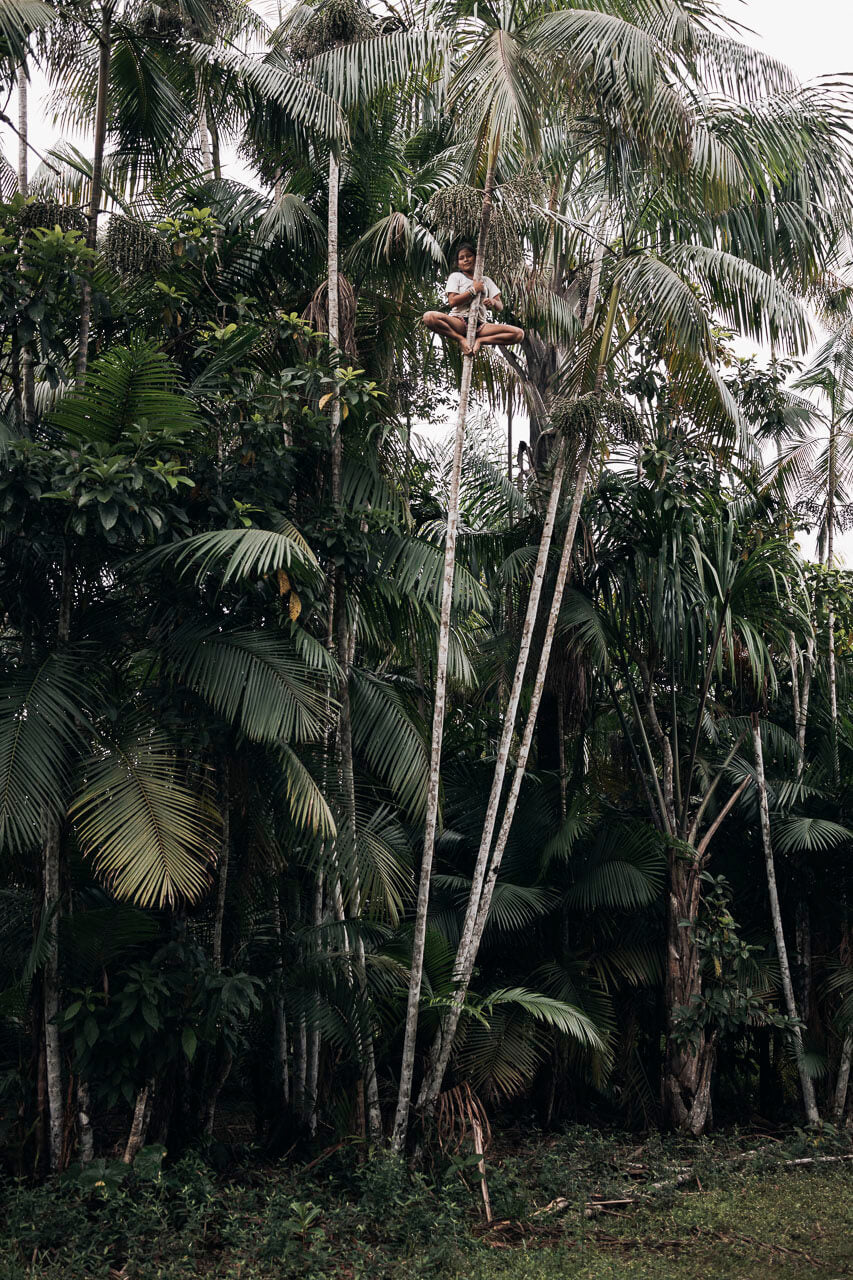
Nature seems to be intact here. However, a fifth of the Brazilian rainforest has already been cleared and another fifth is severely damaged and no longer usable. The agricultural industry will soon have cut down 75 percent of this tropical forest, which is already 55 million years old. The change of power in Brazil at the beginning of the year is accelerating this process and poses additional dangers for the remaining rainforest and the indigenous peoples.
I would like to thank DAHW (Deutsche Lepra und Tuberkulosenhilfe e. V.), the Brazilian partner organization FUNDHANS and FUNAI, the global movement for the rights of indigenous peoples, for making this trip possible for me. It is a great privilege to be able to travel to this protected area and visit some of the last indigenous peoples of our time.
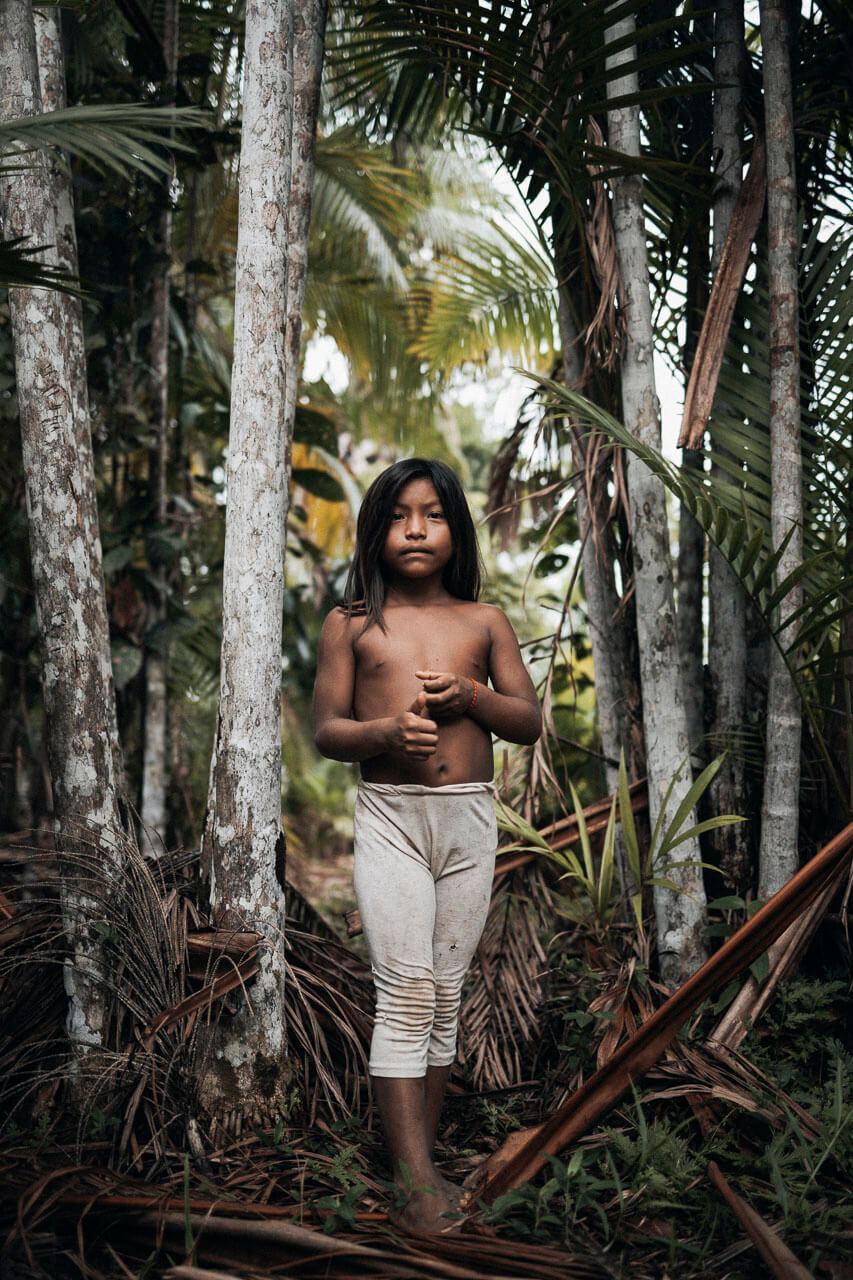
́the explorer from compagnon is the perfect photo backpack for me on my adventure trips. Comfortable to carry, smart design, plenty of storage space, quick access and sophisticated protection against pickpockets and the elements make this backpack the ultimate travel companion. Making adventures fun!
Watch this very impressive video about Mario's expedition and visit him on Facebook and Instagram.


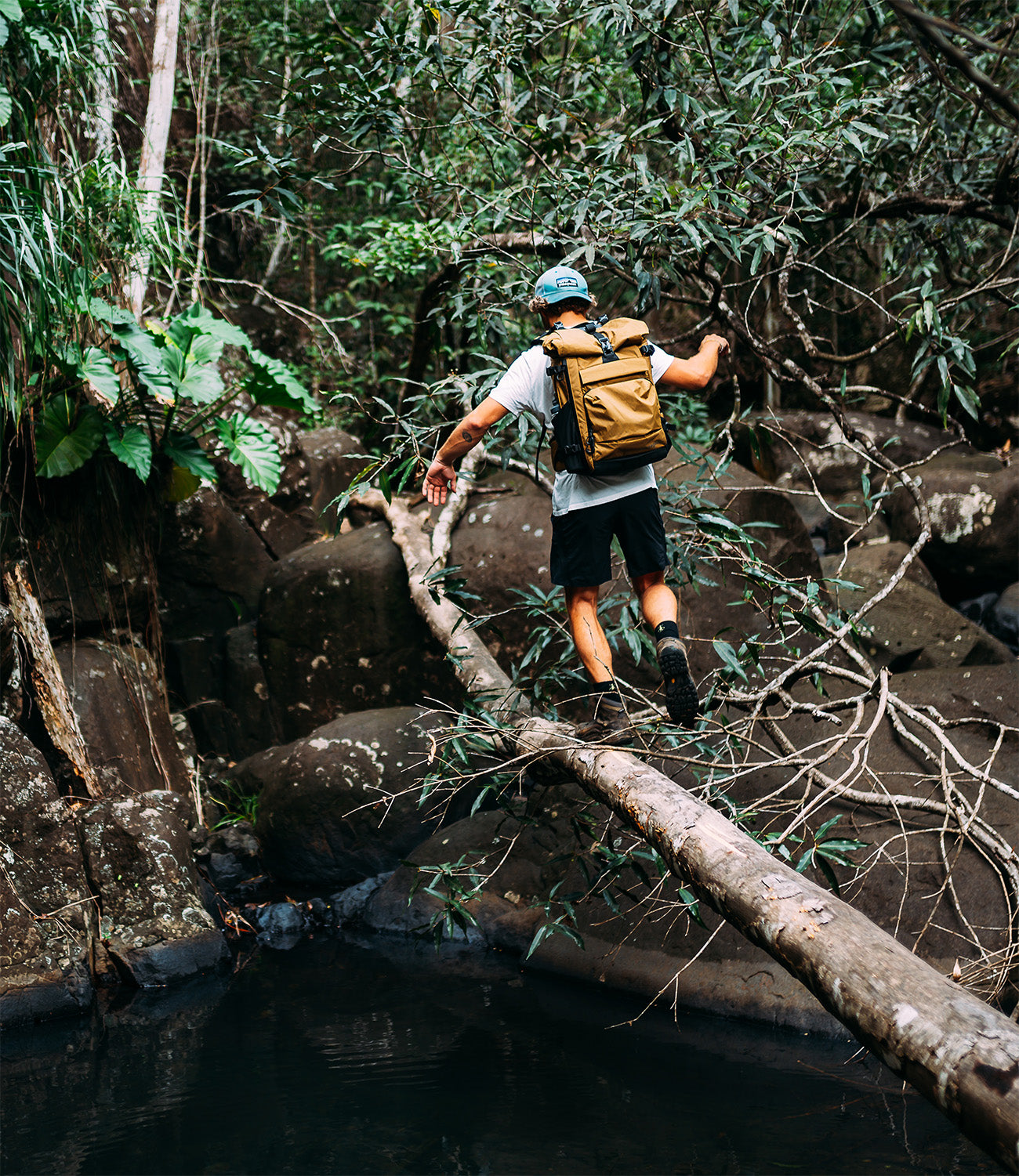
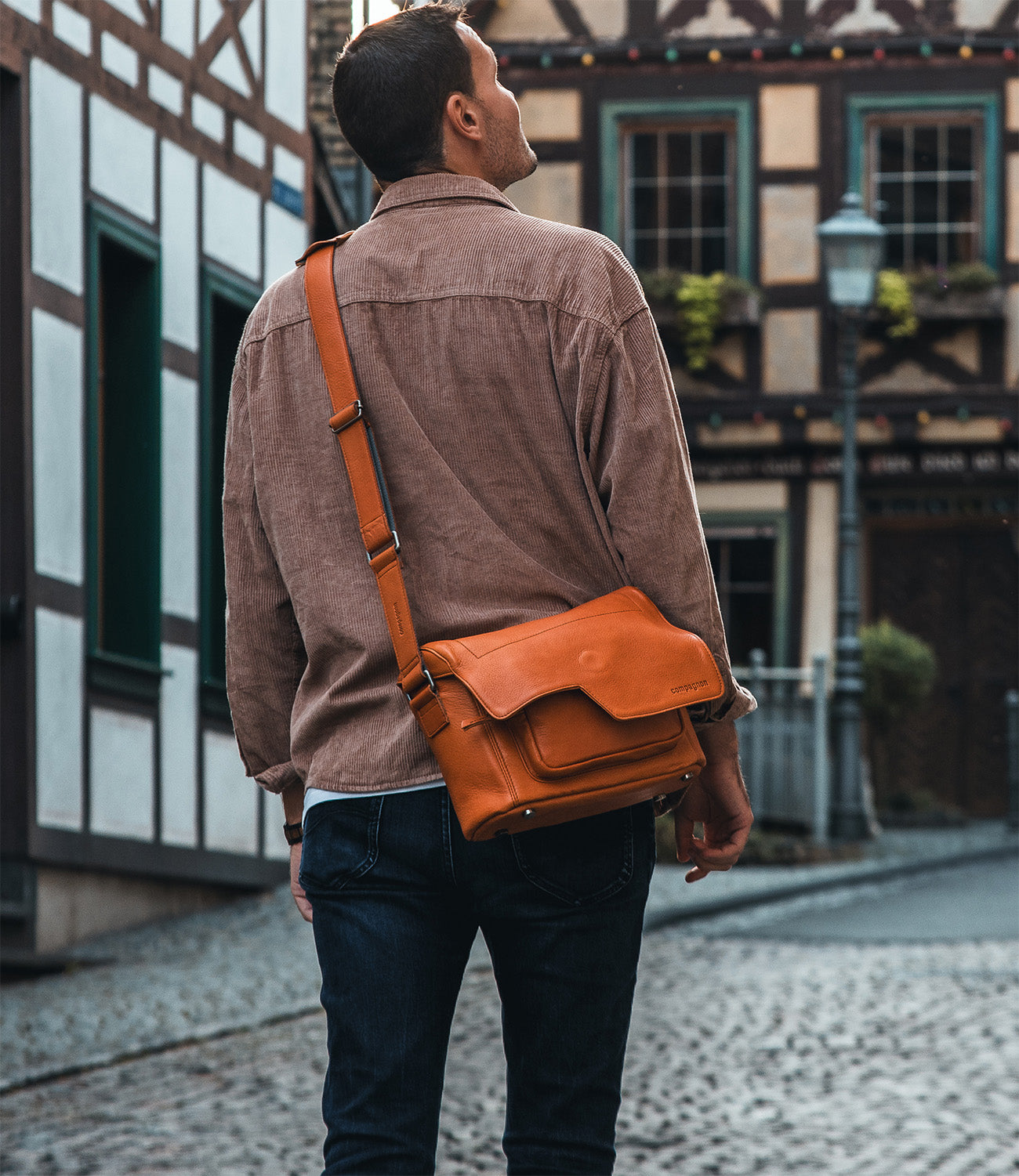
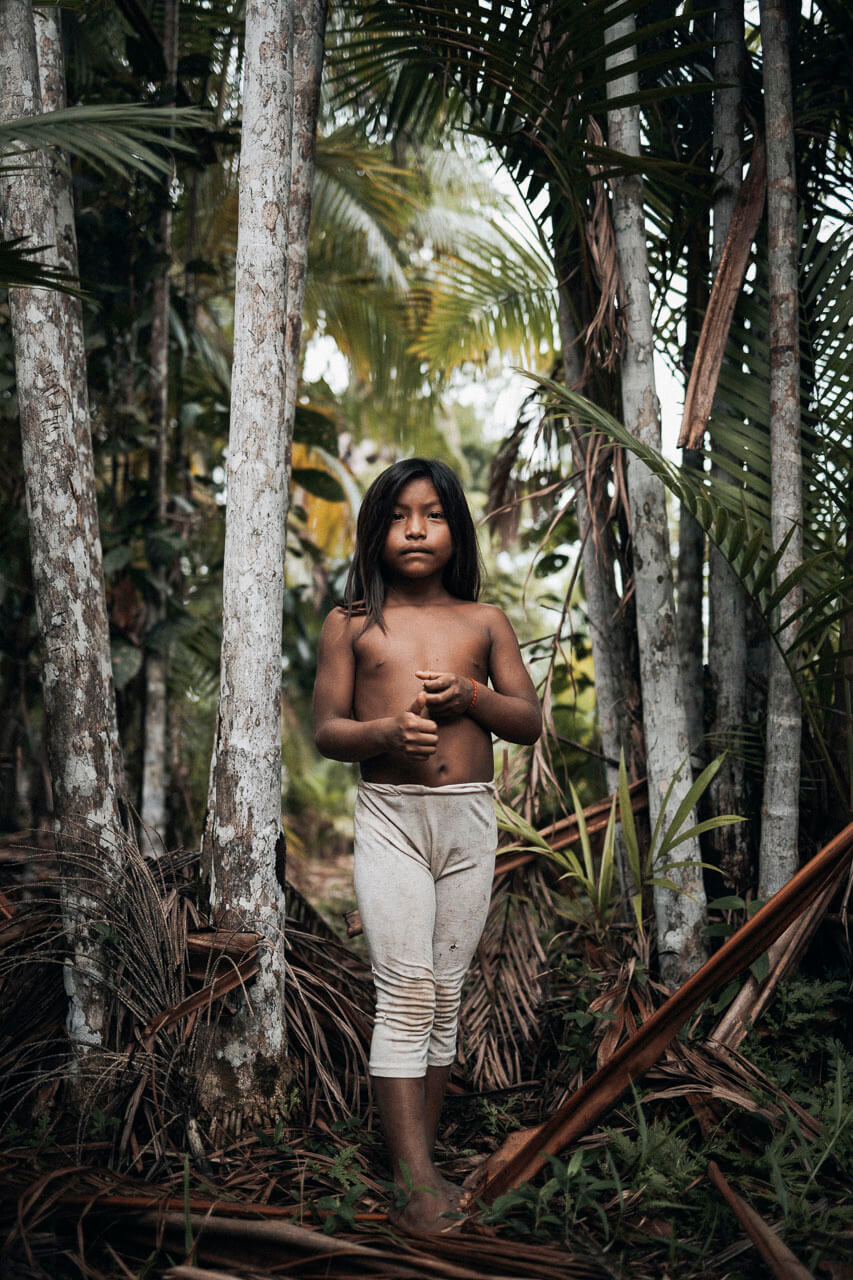


Leave a comment
This site is protected by hCaptcha and the hCaptcha Privacy Policy and Terms of Service apply.